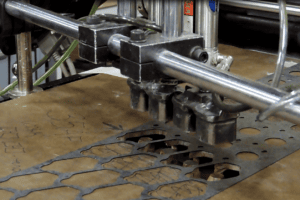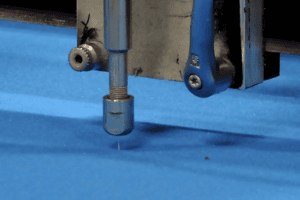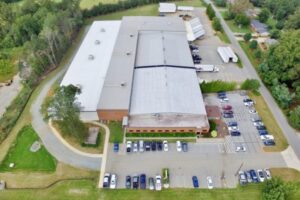CGR Products News Release: Growth Leads to a 30,000 sq ft Expansion and New High Volume Manufacturing Machinery Click Here to read the full news release.

Rotary Die Cutting vs. Flatbed Die Cutting: Which Should You Use?
Die cutting is frequently used to fabricate unique shapes from rubber, plastic and foam materials. Before starting a die cutting project it is important to discuss all specific project requirements, including whether rotary die or flatbed die cutting is the best fit for the job. Each cutting method has its own distinct benefits based on…

Cutting vs. Converting – What’s the Difference?
Don’t Get Tangled Up in Terminology The CGR team gets a lot of requests for cutting, converting, and fabricating. Fortunately for our customers, we do it all. As far as we’re concerned, these terms refer to the same process — the process of transforming a raw material into a precision component for your part. If…
